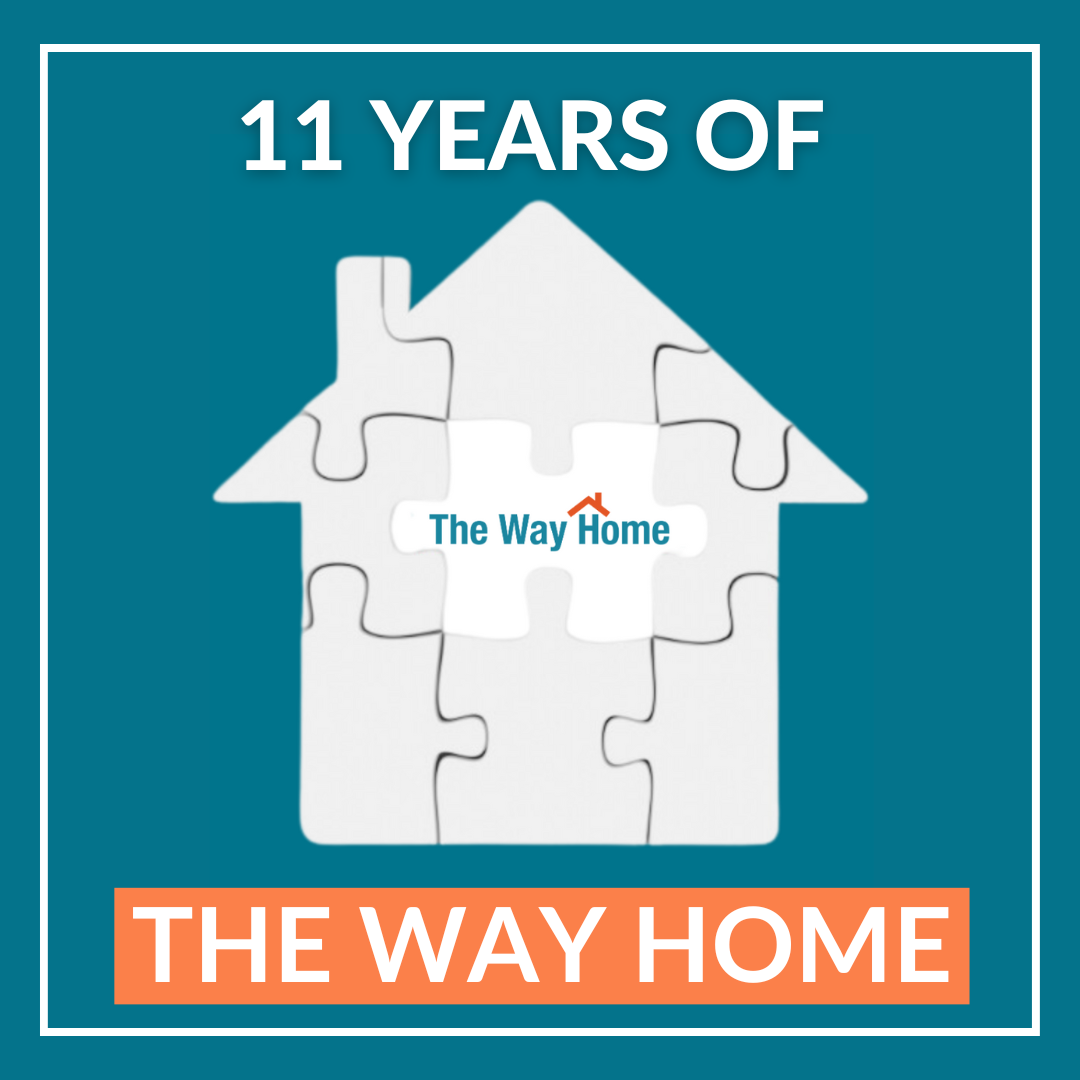Sexual assault and domestic violence are far more prevalent than you may think. For example, two in five women who live in Texas have experienced sexual assault according the Texas Association Against Sexual Assault (TAASA). Sexual assault is defined as, “any unwanted, non-consensual sexual contact against any individual by another using manipulation, pressure, tricks, coercion or physical force.” And one organization in Fort Bend County is investing into ground-breaking treatment models for victims of sexual assault and domestic violence. The program model is based on a positive reinforcement framework and focuses on brain health after the complex trauma experienced by survivors.
Fort Bend Women’s Center (FBWC) acts as the only domestic violence and sexual assault emergency shelter in Fort Bend County, with a mission to “help survivors of domestic violence and sexual assault and their children to achieve safety and self-sufficiency, while striving to prevent violence against women.” In addition to crisis-intervention services, they also offer additional services such as counseling, case management, advocacy, career development and other support services for victims of domestic violence and sexual assault both in shelter and non-residentially.




